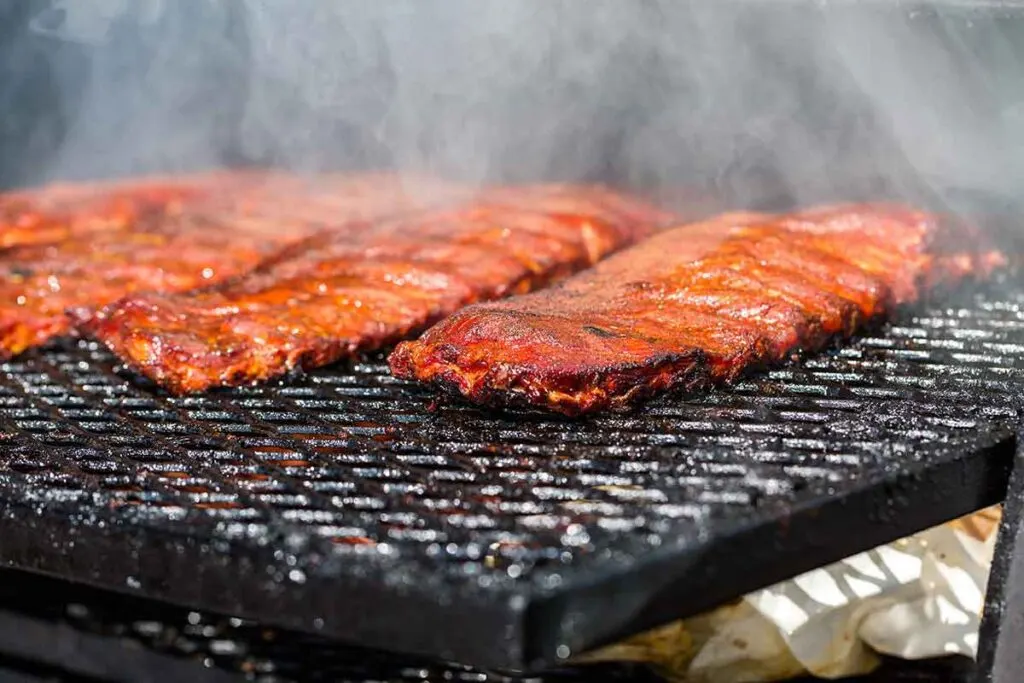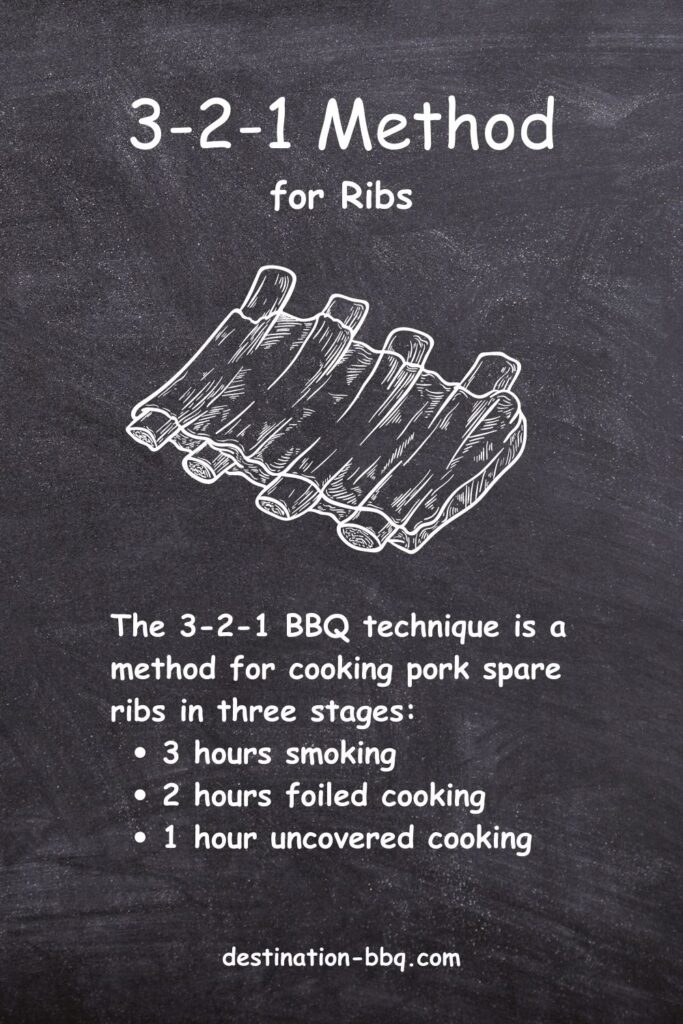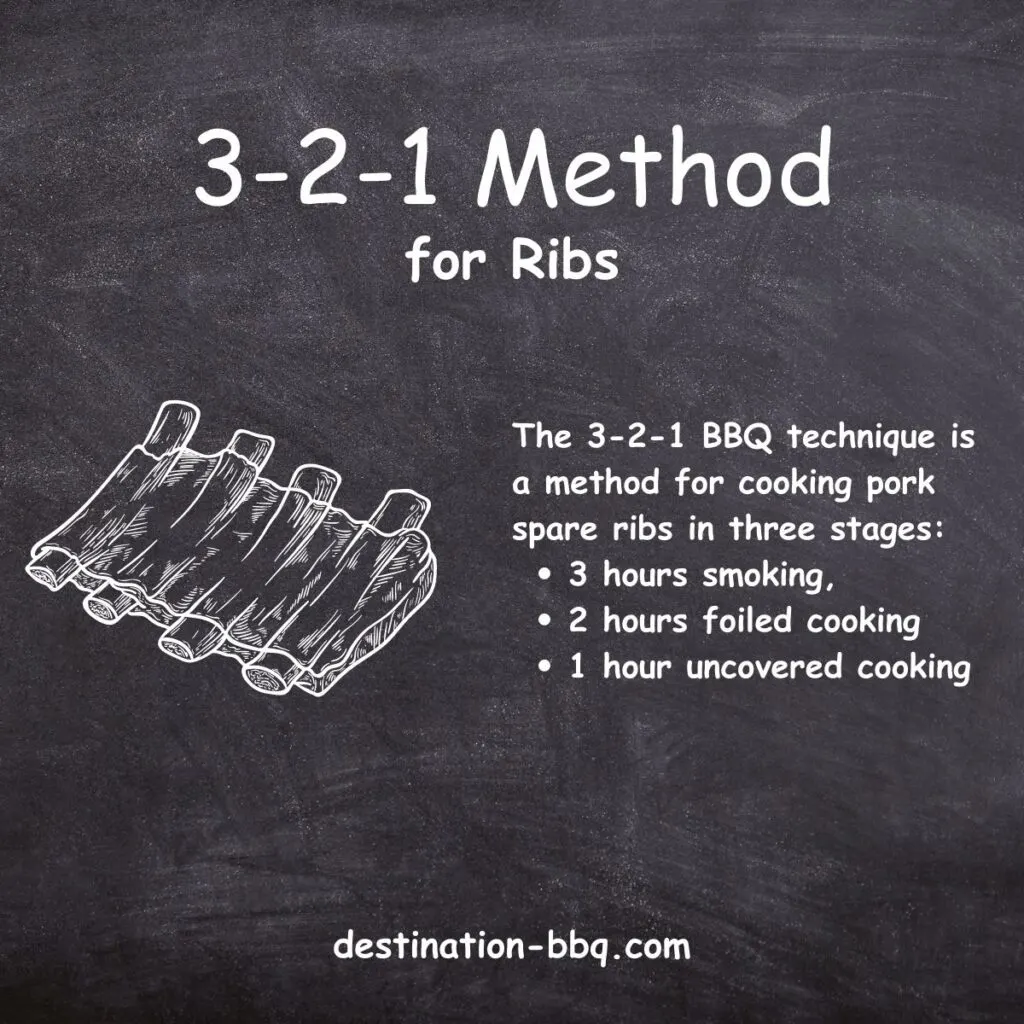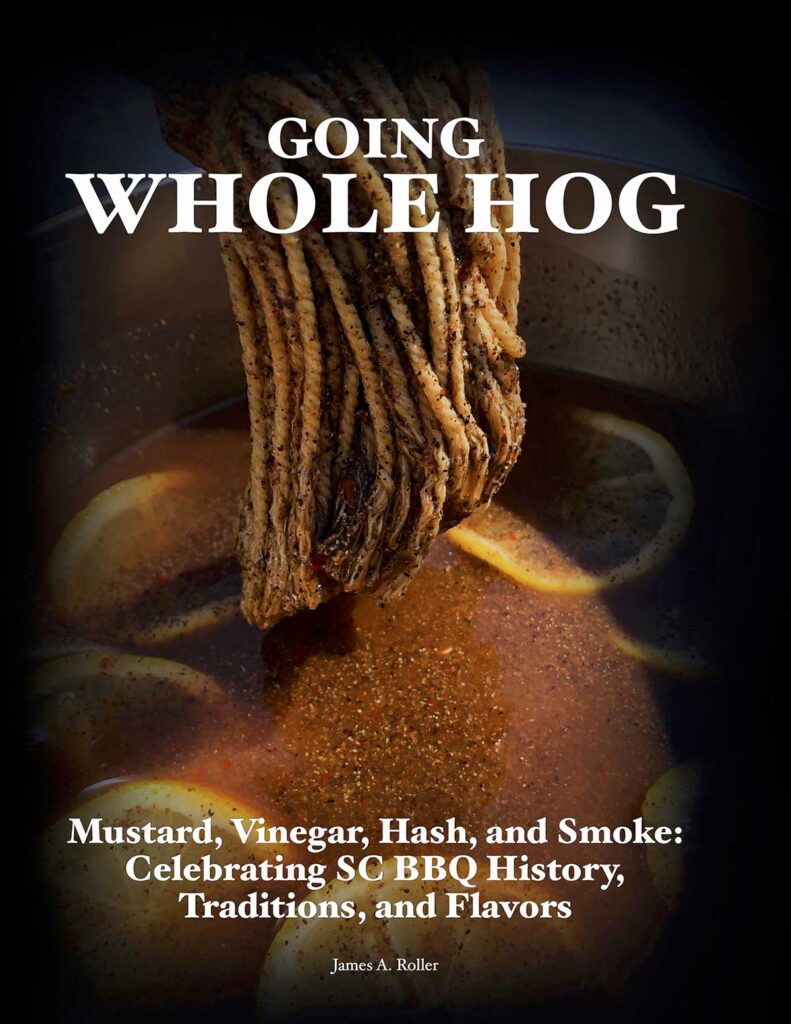
What is the 3-2-1 Method for Ribs?
The 3-2-1 BBQ technique is a method for cooking pork spare ribs in three stages: 3 hours of smoking, 2 hours of foiled cooking, and 1 hour of uncovered cooking. It produces tender, flavorful ribs with a smoky flavor and caramelized crust. By following this method, the ribs are cooked low and slow to achieve a perfect balance of tenderness and taste.

Key Takeaways
- The 3-2-1 BBQ technique involves smoking the ribs for 3 hours, wrapping them in foil for 2 hours, and then finishing them uncovered for 1 hour, resulting in tender, flavorful ribs with a smoky flavor and caramelized crust.
- This method allows for a gradual cooking process that breaks down the tough connective tissues in the ribs, resulting in a tender and juicy texture.
- It’s important to monitor the temperature with a meat thermometer to ensure the ribs reach the desired doneness, which is typically around 190°F (88°C), and to baste them with BBQ sauce during the final hour to enhance their flavor.
Understanding the 3-2-1 Method
The 3-2-1 BBQ technique is a popular method for cooking ribs, specifically pork spare ribs, on a smoker or a grill. The numbers 3-2-1 represent the cooking time in hours for each phase of the process: 3 hours for smoking, 2 hours for braising, and 1 hour for finishing with sauce. This method is favored by many pitmasters because it results in tender, juicy, and flavorful ribs with a nice bark on the outside.
Here’s a breakdown of the 3-2-1 technique:
- Preparing the ribs: Before you begin, trim any excess fat or membrane from the ribs and apply a dry rub of your choice. Allow the ribs to sit with the rub for at least 30 minutes or up to overnight in the refrigerator.
- Smoking (3 hours): Preheat your smoker or grill to a temperature of 225°F (107°C). Place the ribs bone-side down on the smoker or grill grates and cook for 3 hours. During this time, the ribs will absorb the smoke flavor and develop a nice bark on the outside.
- Braising (2 hours): After the initial smoking phase, remove the ribs from the smoker or grill. Wrap each rack of ribs in aluminum foil, adding a liquid like apple juice, beer, or a mix of barbecue sauce and water to the foil packet. This helps to tenderize the ribs and adds more flavor. Return the wrapped ribs to the smoker or grill and cook for an additional 2 hours.
- Finishing with sauce (1 hour): Unwrap the ribs and discard the foil and liquid. Apply a layer of your favorite barbecue sauce to the ribs and return them to the smoker or grill. Cook for another hour, allowing the sauce to caramelize and form a glaze. You can baste the ribs with more sauce during this phase if you prefer a saucier finish.
- Resting and serving: Once the ribs are done, remove them from the smoker or grill and let them rest for 10-15 minutes. This allows the juices to redistribute throughout the meat, ensuring a tender and juicy bite. Slice the ribs between the bones and serve with additional barbecue sauce on the side if desired.
Remember that the 3-2-1 method is a guideline, and you may need to adjust the cooking times slightly based on the thickness of your ribs or the temperature of your smoker or grill. Always use a meat thermometer to ensure the ribs reach a safe internal temperature of at least 145°F (63°C).

Photo by JRyan Howell.
Additional Points
Here are a few additional points that you might find useful to know about the 3-2-1 BBQ technique:
- Adjustments for Cooking Times: The 3-2-1 method serves as a guideline, but cooking times can vary depending on the size of the ribs, the temperature of the smoker or grill, and personal preference. It’s essential to adapt the cooking times accordingly. For example, if you prefer more bite to your ribs, you can try 2-2-1 (2 hours of smoking, 2 hours wrapped, and 1 hour unwrapped) for a shorter cooking duration.
- Smoking Wood Selection: Choosing the right wood for smoking can significantly impact the flavor of your ribs. Popular choices for pork ribs include fruitwoods like apple or cherry, which provide a mild and sweet smokiness. Experimenting with different wood flavors can add variety to your BBQ experience.
- Resting and Slicing: Once the ribs are fully cooked, it’s crucial to allow them to rest for a few minutes before slicing. This resting period helps the juices redistribute, resulting in more succulent and flavorful meat. When slicing the ribs, you can cut them between the bones for individual servings or leave them as whole slabs for a rustic presentation.
- Additional Seasoning and Rubs: While the 3-2-1 technique itself imparts great flavor, you can enhance it further by applying additional seasonings or rubs to the ribs. These can be dry rubs, wet marinades, or a combination of both. Feel free to experiment with different flavors to create a profile that suits your taste preferences.
- Adaptability to Different Ribs: Although the 3-2-1 technique is commonly associated with pork spare ribs, it can be applied to other rib cuts as well, such as baby back ribs or beef ribs. However, it’s important to note that cooking times and temperatures may need to be adjusted depending on the specific cut of ribs being used.
Practice makes perfect when it comes to BBQ, so don’t be afraid to experiment, adapt, and find the cooking method and flavors that work best for you.


